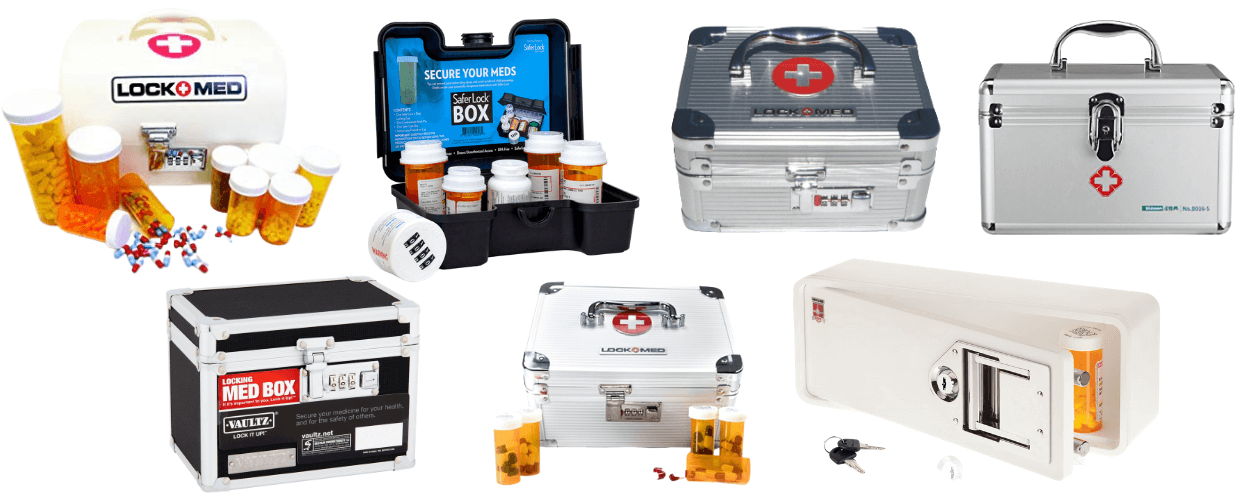68% of People Who Misuse Prescription Drugs Admit They Got Them From a Friend or Relative
Tips for Proper Drug Lock Up
One of the biggest contributing factors to prescription drug misuse is easy accessibility. For most teens, it is as simple as opening the medicine cabinet. According to a report by the National Institute on Drug Abuse (NIDA), the number of deaths from prescription drug overdoses rose 280% from 2001 to 2014. Using a lockbox is one way to curb access to these potentially dangerous drugs.Hide the lockbox in a place known only to you. Consider adding over-the-counter medications to this lockbox as they can also be misused. Encourage relatives to participate in these safe practices. The goal is to safeguard your teen from harm in your home and the homes of those your teen frequents.
If you are a resident of Stone or Taney County, Missouri, then a free lockbox may be available to you! There are lockboxes in stock and available inventory is based on grant funding, but usually, there are enough lockboxes on hand to keep up with demand. Please contact Marietta Hagan, CoxHealth Project Coordinator at Marietta.Hagan@coxhealth.com for more information.
In addition to locking up prescription medications, there are some easy steps adults can take to discourage prescription drug misuse at home:
- Keep an inventory list of all of the prescription medications in your house. Do a periodic check (at least twice a year) to see if any medications are missing or expired.
- Monitor the number of refills on your prescriptions. If you feel you are making frequent trips to the pharmacist, it might indicate a problem.
- Check with your pharmacist or local law enforcement about proper drug disposal and drug take-back events. Community drug take-back events are the most recommended method for disposing of medications.
- Don’t share prescription medications with other members of the household. Children mimic the behavior of adults. If they see you sharing medications with other adults in the household, teens will assume it is safe for anyone to take them.
Lockboxes are available in a variety of shapes and sizes and are usually secured by a key or a combination. There are three main types of lockboxes, categorized by their mobility and use:
- Stationary (e.g. bolted to a surface in the house, large and heavy vault)
- Portable (e.g. small box that one can easily relocate throughout the house)
- Travel (e.g. small portable box or bag to take with you while traveling)
The lockbox that is right for you can be dependent on the level of security and portability you desire. Examples of lockboxes are below. No particular brand is being endorsed by the photos below. The photos are provided as a way to visualize brands and options that are readily available.
Should You get a Medication Lockbox?
Medication lock boxes are appropriate for people living in households at higher risk of medication misuse. Consider purchasing a medication lockbox if:
- You take prescription medications, especially higher-risk medications such as opiates (e.g. oxycodone, hydrocodone, methadone) or anxiety medications (e.g. alprazolam, lorazepam)
- Your home has small children
- Your home has teens or young adults
- You know someone that has suicidal tendencies/behaviors
- You have a family member on hospice care or who has dementia
Make sure you do not put medications that you may need to use in an emergency into the lockbox, such as epinephrine pens, rescue inhalers or nitroglycerin strips but be sure to put them out of reach and out of sight of children and pets.
For additional information regarding proper drug disposal visit the Drug Enforcement Agency (DEA) website or use the Find Help interactive map on this website to locate a medication dropbox near you.

